Important Facts About Hand Tattoos: What Artists Consider
Alright, so you’re thinking about getting a hand tattoo. Cool, right? A lot of people love the idea of a tattoo in a visible place, and hands are definitely front and center. But here’s the thing—tattooers, myself included, often aren’t jumping at the chance to do hand tattoos. And there’s a good reason for that (actually, a few good reasons). Let me break it down for you.
The Skin on Your Hands is Tricky
The biggest reason a lot of tattooers hesitate to do hand tattoos is because of the skin. The skin on your hands is… well, let’s call it “difficult.” The skin here regenerates quicker than most other parts of your body. Think about it—your hands are constantly in motion, they’re exposed to the elements more than any other part of you, and they’re getting into all sorts of situations (washing dishes, typing, handling tools, etc.). All that movement and exposure means the skin is always working to repair itself. And that’s where the problem starts when it comes to tattooing.
When you tattoo any area of the body, the goal is to deposit the ink into the dermis layer of the skin. That’s where the tattoo should stay nice and crisp. That’s relatively easy with skin we call thin skin (that’s the skin on most of your body). But with hand tattoos, where thick skin covers the majority of the surface area, there’s an inconsistency in the surface of the dermis. What this means is that the needle could go too deep in some spots and not deep enough in others. If the ink gets deposited too deep, it’ll blur or blow out (and that’s not something you want), and if it’s not deep enough, it’ll fade super quickly, or even disappear during healing.
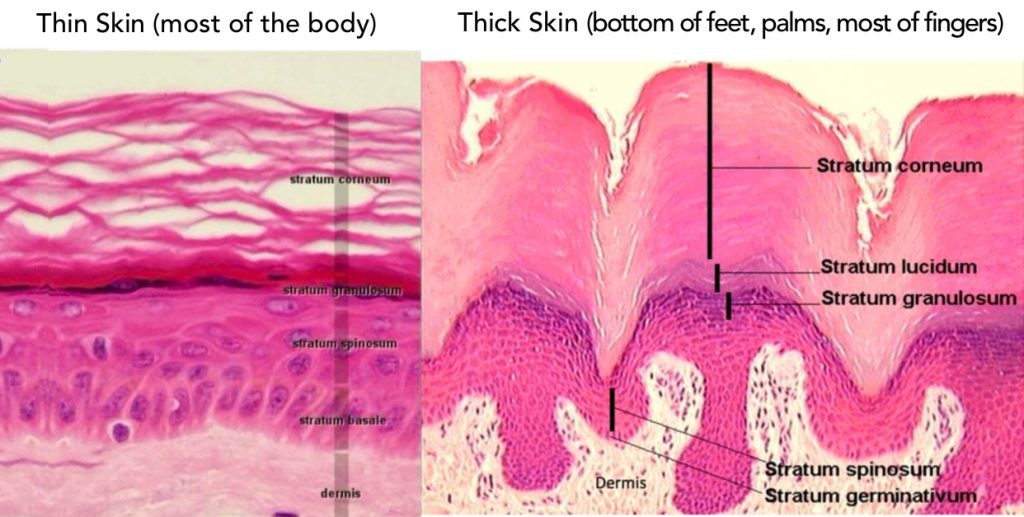
And then there’s the issue of healing itself. Because hands are always in motion and constantly rubbing against things, it’s tough to give the tattoo the peace it needs to heal properly. It’s like trying to keep a bandage on a wound that you’re always picking at. Even with the best aftercare, hand tattoos often don’t heal as well as tattoos in other areas. You’ll see them fade faster, get blurry sooner, and generally not hold up as well as something that’s tucked away safely under your clothes.
Hands of Time
This brings me to another point: hand tattoos age faster. Since they’re exposed to the sun and elements way more than most other tattoos, they tend to fade quickly. You know how your hands get dry or sunburned faster than your back or your legs? Well, the same thing happens to the ink. It’ll fade and spread quicker than a tattoo on your arm or leg. So, the reality is, your hand tattoo might look amazing at first, but give it a few years and it could be a bit of a mess.
That’s why most of us (myself included) don’t offer free touch-ups on hand tattoos. Normally, if you get a tattoo anywhere else and it needs a little touch-up after healing, we’re happy to do that within a reasonable time frame. It’s kind of a guarantee that our work will look its best. But with hand tattoos, we can’t make that promise. The nature of the skin and the constant wear and tear mean that it’s almost a guarantee that you’ll need touch-ups—and not just once. It could be an ongoing thing. Because of that, touch-ups on hand tattoos come at the regular rate, and for me, that means a minimum charge of $200. So, if you’re committed to getting a hand tattoo, just know that maintenance is part of the package.
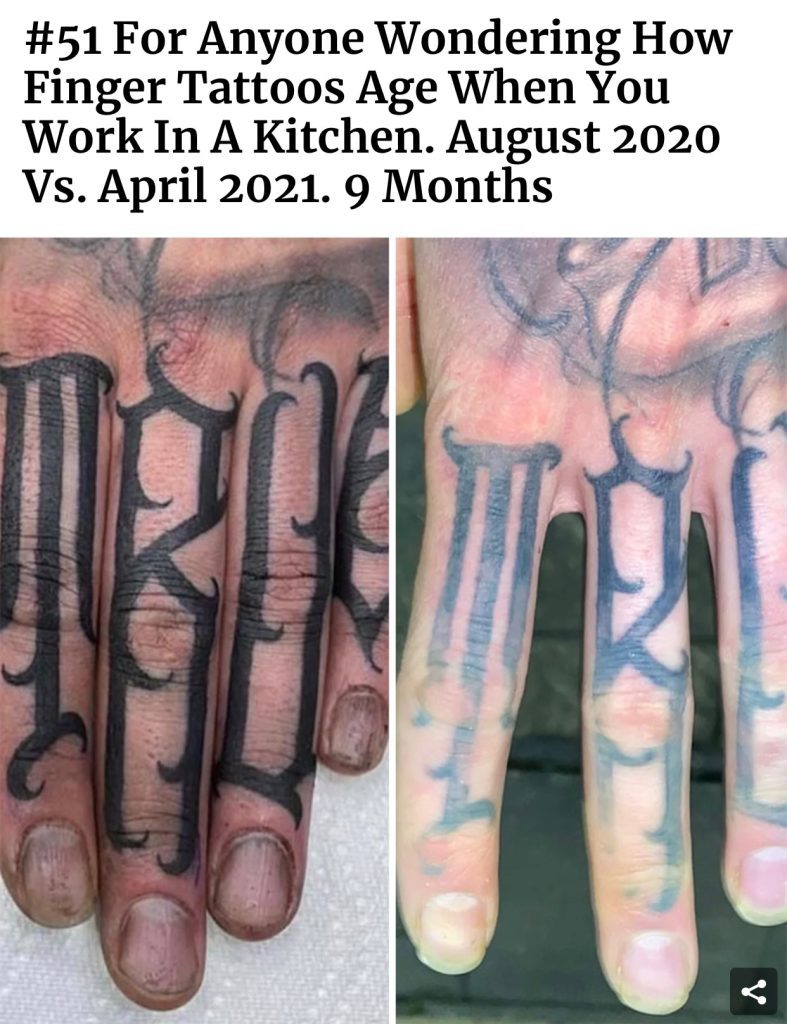
The Social Stigma of “Job-Stoppers”
Now, let’s talk about something else that often gets overlooked when people are considering visible tattoos, especially on their hands, necks, or faces. We call them “job-stoppers” in the tattoo industry. This is because visible tattoos can sometimes limit your job prospects or how people perceive you, depending on where you work or what kind of social circles you move in.
Here’s the deal—tattoos are generally more accepted in most liberal western societies than they were 10, 20, or 30 years ago. You’ll find tattooed people in every industry, from finance to healthcare to education. But that doesn’t mean everyone is cool with visible tattoos, especially on the hands, neck, or face. You never know when you’re going to run into someone who’s stuck in the old-school mentality that tattoos are unprofessional or even shady.
And the thing is, these people might have some authority over you, like a boss, a customs official, a police officer, or even a judge. If you run into one of these close-minded folks and they don’t like the look of your ink, it could make your life a bit more difficult. It’s not fair, but it’s reality. And while this is happening less often than it used to, it’s still something to think about before you commit to a visible tattoo.
Back in the day, tattoo artists had a pretty strict unwritten rule: they wouldn’t tattoo someone’s hands, neck, or face unless they were already pretty heavily tattooed. The idea was that if you were going to take the plunge into visible tattoos, you needed to have some experience with the social consequences that come with it. You know, getting used to the kind of attention that tattoos can bring. These days, it’s a bit more relaxed, but I still have my own boundaries. For example, I won’t tattoo someone’s face at all. It’s just not something I’m comfortable with. As for neck tattoos, I’ll only do them if you’ve got some other tattoos already, and I make sure to explain the potential social fallout.
When it comes to hands, I make sure my clients are fully informed. I explain all the stuff we’re talking about here so that they can make an educated decision. I don’t want anyone walking into this blind and then regretting it later. Tattoos are a big commitment, and visible tattoos even more so.
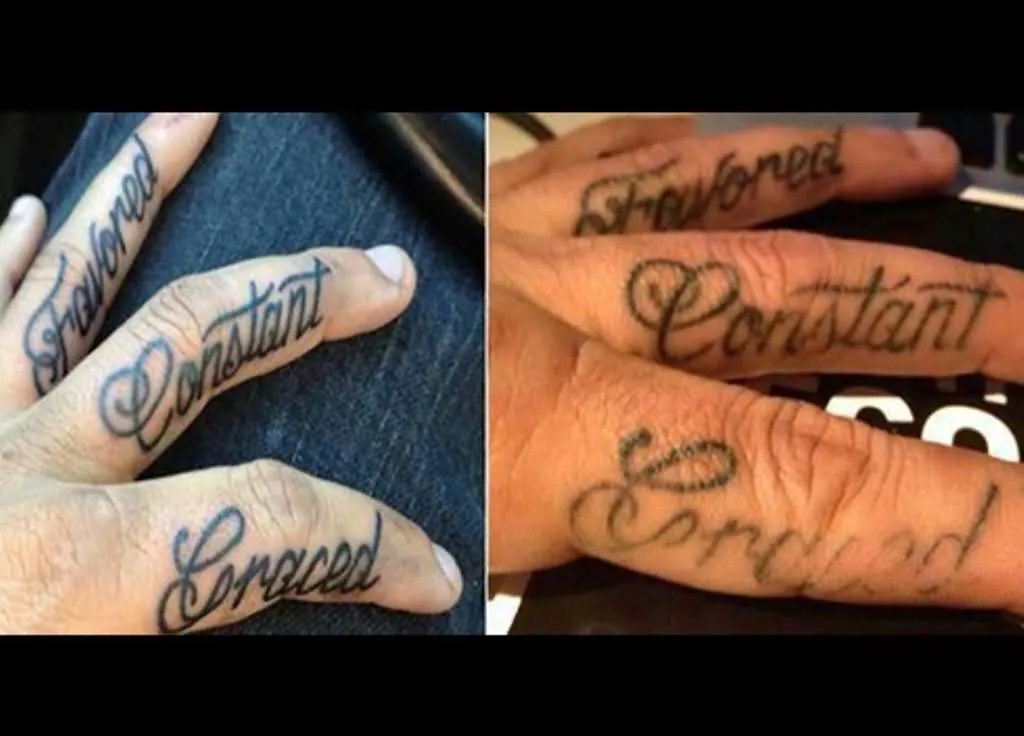
The Pain Factor
Oh, and let’s not forget the pain factor. I’m not going to sugarcoat it—hand tattoos hurt more than most other places. There are more nerve endings in your hands than in most parts of your body, and the skin is pretty thin with not a lot of fat or muscle to cushion the blow. When you get a tattoo on your hand, you’re going to feel that needle a lot more intensely than you would on, say, your upper arm or thigh.
Now, everyone’s pain tolerance is different, so I’m not going to tell you how much it’s going to hurt you specifically. But just know that, for most people, hand tattoos are more painful than the average tattoo. It’s part of the reason why I tell people to think hard before committing to a hand tattoo. If you’re not prepared for that level of discomfort, it could make the experience less enjoyable, and it could even affect how the tattoo turns out. If you’re moving around because of the pain, it could make it harder for the artist to get clean, crisp lines.
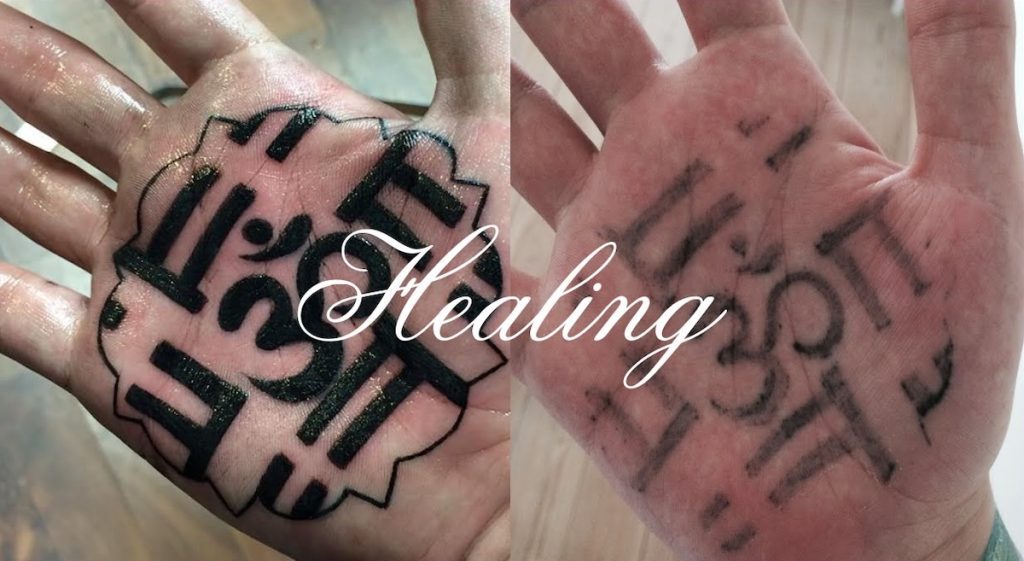
In Conclusion
So, there you have it—why a lot of tattoo artists (myself included) are cautious when it comes to hand tattoos. Between the tricky skin, the quick fading, the potential social stigma, and the pain, there’s a lot to consider before getting ink on your hands. It’s not that we’re trying to be difficult or kill your vibe; we just want to make sure that you’re making an informed decision and that you’ll be happy with your tattoo in the long run. Hand tattoos can be amazing, but they’re not for everyone, and they come with their own unique set of challenges. So if you’re thinking about getting one, make sure you know what you’re signing up for!

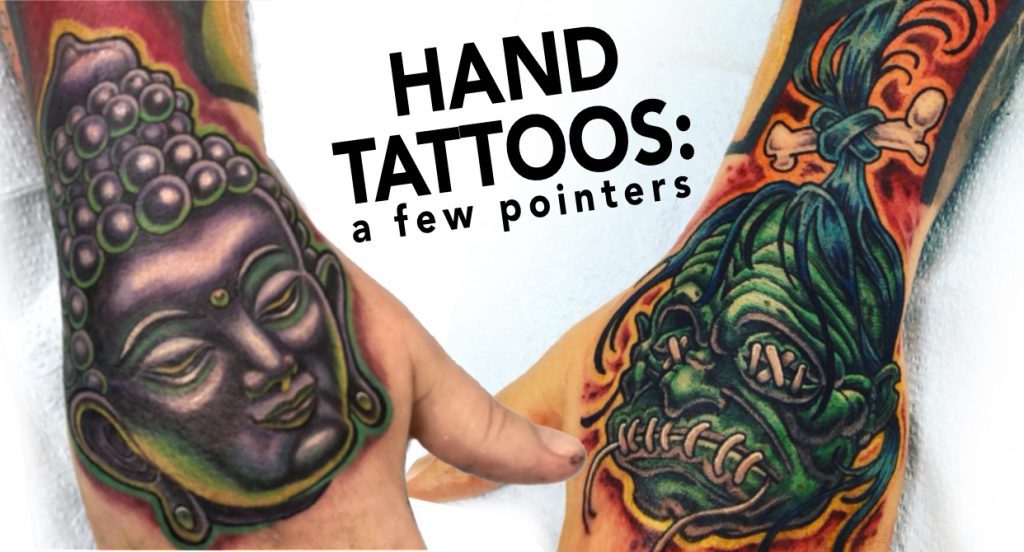
Thank you for this post. I had not considered your now obvious to me smart points.
Tidings from western Mass.